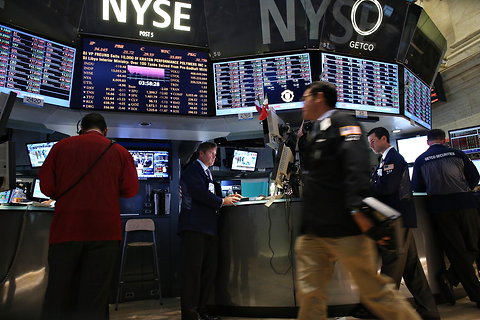 Getty ImagesTraders at the New York Stock Exchange in August.
Getty ImagesTraders at the New York Stock Exchange in August.
Fewer affluent Americans describe themselves as “conservative” investors, suggesting that their tolerance for risk may be rebounding after some tumultuous years.
Thirty percent describe themselves as leaning toward lower-risk investment and savings options (like “mutual funds, bonds, savings and money market accounts”), down from 36 percent a year ago and 50 percent two years ago, according to findings of the Merrill Lynch Affluent Insights survey.
The telephone survey, of 1,000 adults with assets of more than $250,000 to invest, was conducted in August by Braun Research on behalf of Merrill Lynch Wealth Management. The margin of sampling error is plus or minus 3 percentage points.
The shift in attitude toward risk is most clear among affluent investors younger than 50. For instance, about a quarter of investors age 18 to 34 describe themselves as conservative, compared with 52 percent two years ago. These are investors who had become quite wary of the stock market, because of its volatility in the economic downturn. And a quarter of those age 35 to 50 also describe themselves as conservative, compared with 45 percent two years ago.
What is your risk appetite these days? Are you willing to consider individual stocks or alternative investments, or are you sticking with index funds and savings accounts?
Article source: http://bucks.blogs.nytimes.com/2012/09/27/fewer-wealthy-americans-say-theyre-conservative-investors/?partner=rss&emc=rss
